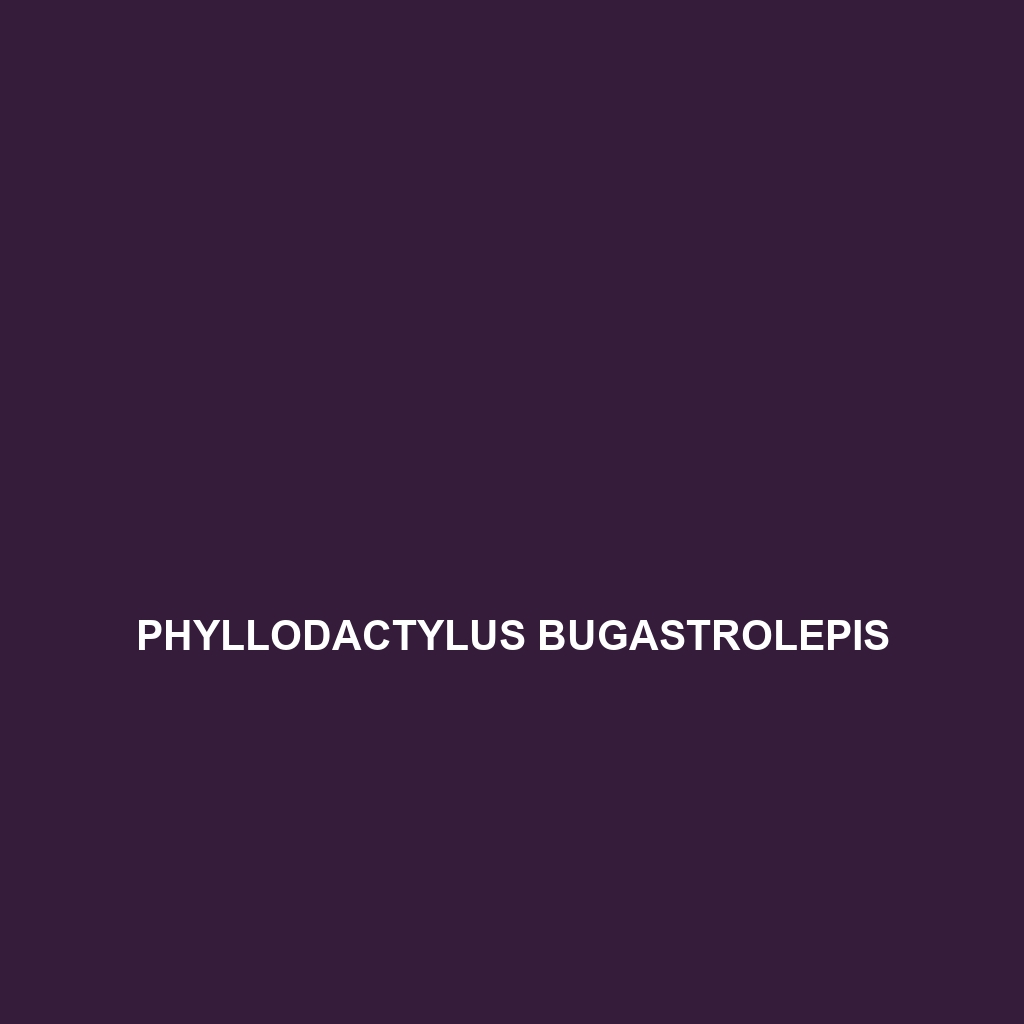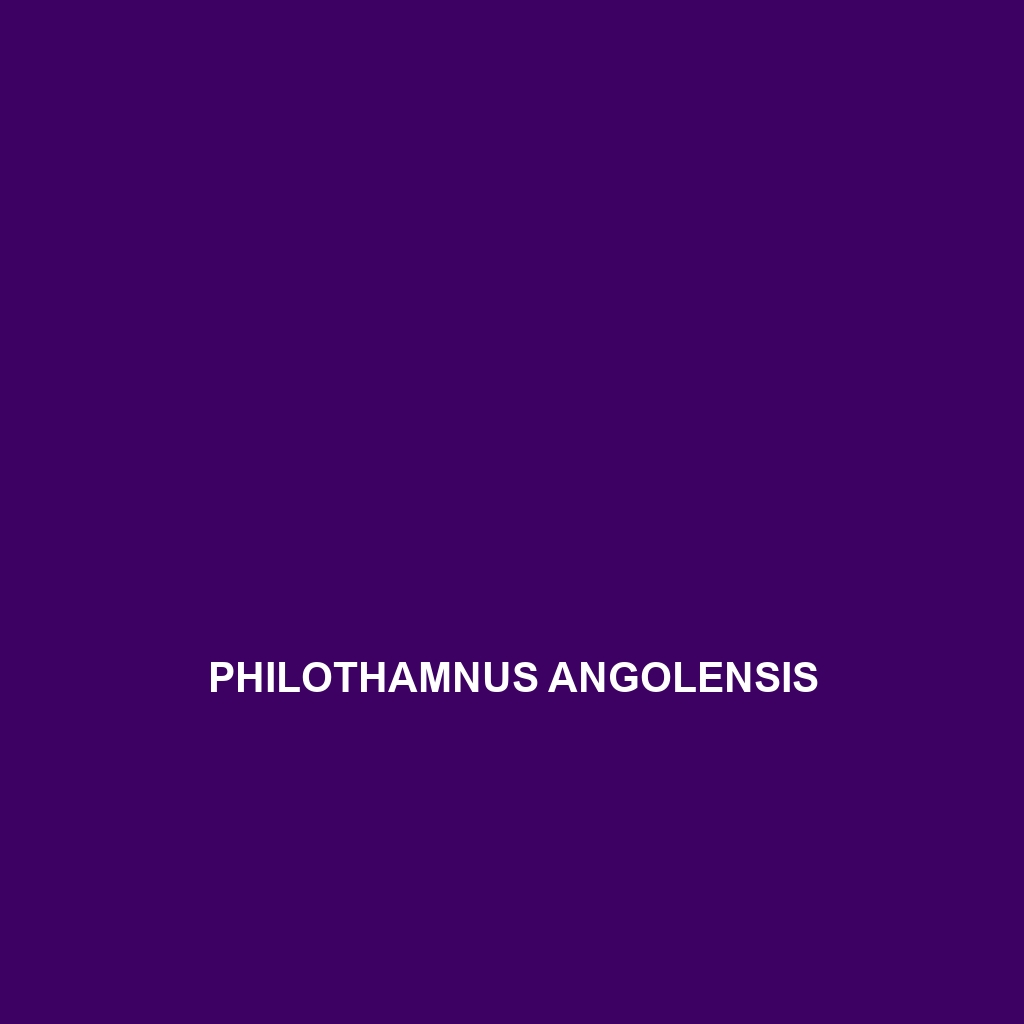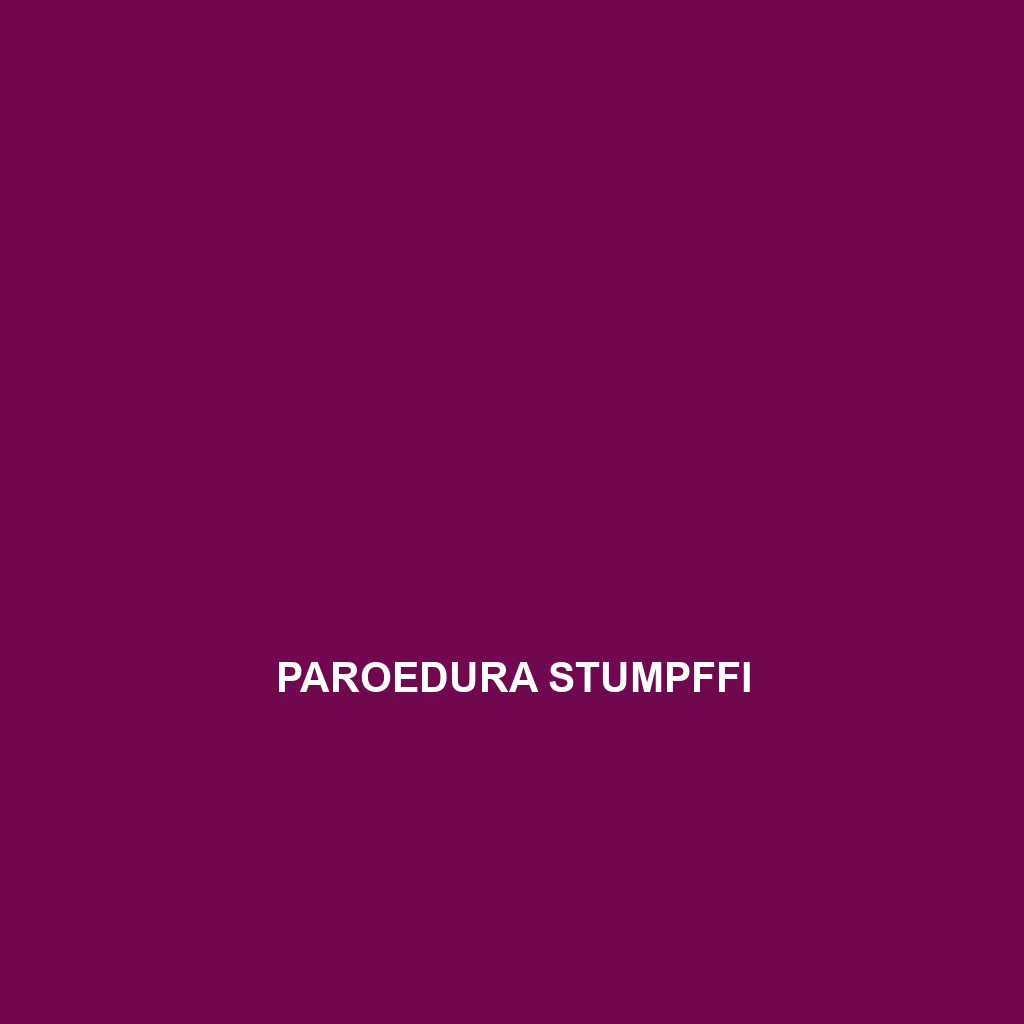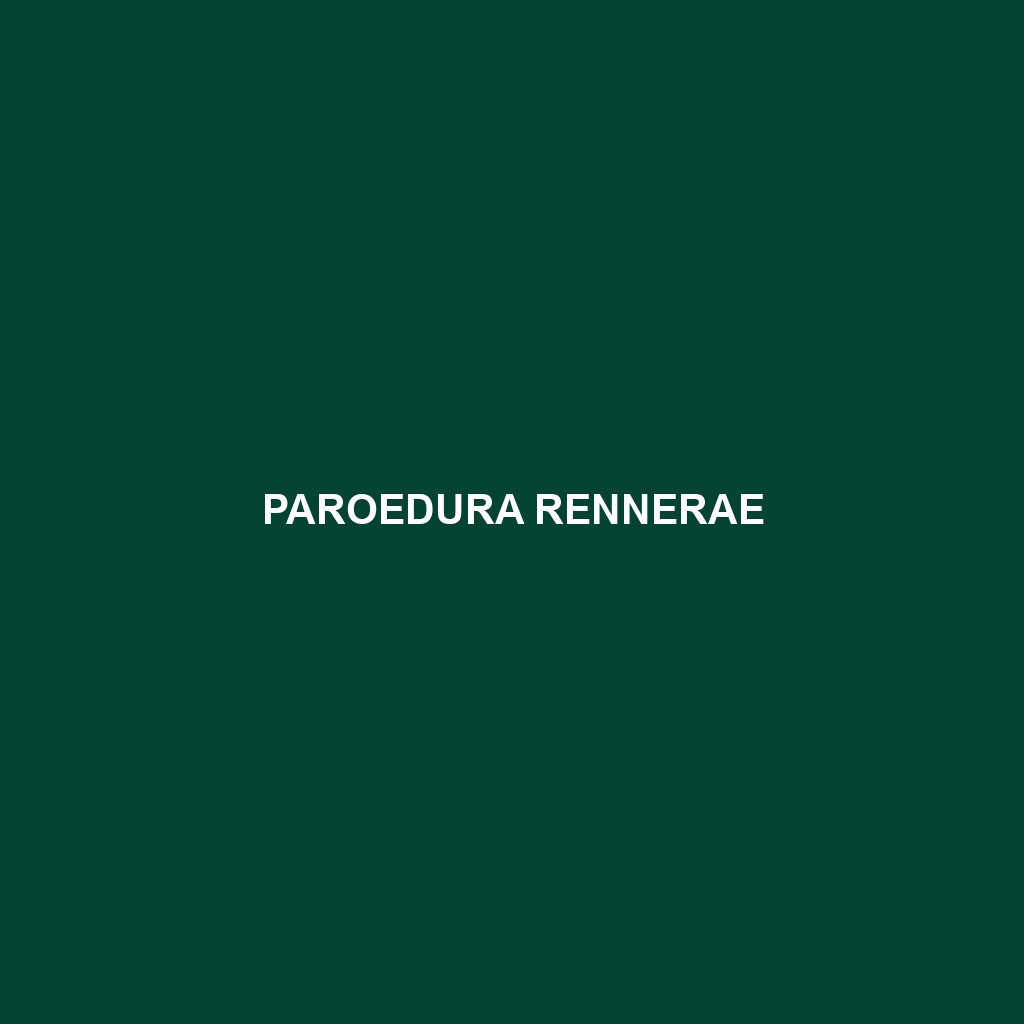Discover the Caribbean Leaf-toed Gecko, Phyllodactylus insularis, a fascinating insectivorous reptile averaging 6 to 8 inches in length, known for its exceptional climbing abilities and vibrant camouflage. Thriving in tropical and subtropical habitats, this nocturnal species plays a vital role in maintaining ecological balance by controlling insect populations.
Tag: climbing reptiles
Phyllodactylus bugastrolepis
The Phyllodactylus bugastrolepis, or bugastrolepis gecko, is a vibrant, slender gecko native to Central and South America's tropical rainforests and savannas, known for its nocturnal behavior, large adhesive toe pads, and insectivorous diet. This resilient species plays a crucial role in regulating insect populations and serves as a vital food source within its ecosystem.
Phyllodactylus andysabini
<p><b>Phyllodactylus andysabini</b>, commonly known as the Andysabin Gecko, is a nocturnal insectivore native to tropical and subtropical habitats, particularly in the Andes Mountains. With distinctive mottled skin designed for camouflage and remarkable climbing abilities, this gecko plays a vital role in controlling insect populations and maintaining ecological balance.</p>
Pholidobolus vertebralis
<p><b>Pholidobolus vertebralis</b> is a striking lizard native to the subtropical and tropical forests of Ecuador and Peru, known for its slender body, vibrant coloration, and remarkable climbing abilities. This insectivorous species plays a crucial ecological role by regulating insect populations while exhibiting fascinating diurnal behaviors, including elaborate mating displays.</p>
Pholidobolus celsiae
Discover the Pholidobolus celsiae, a striking insectivorous lizard native to the humid Ecuadorian Andes, featuring vibrant colors and exceptional climbing abilities. This vulnerable species plays a critical role in controlling insect populations and maintaining ecological balance in its montane forest habitat.
Philothamnus angolensis
Discover the captivating Philothamnus angolensis, or Angolan Green Snake, a vibrant, diurnal predator native to the lush rainforests, savannas, and temperate forests of Central and Southern Africa. This slender snake, measuring up to 160 cm, exhibits remarkable climbing abilities and plays a crucial role in maintaining ecological balance by regulating the populations of lizards and small mammals.
Phelsuma cepediana
<p><b>Phelsuma cepediana</b>, the Day Gecko, is a vibrant green reptile with distinctive red markings, native to Madagascar's diverse habitats. Known for its climbing ability and diurnal behavior, this adaptable species plays a crucial role in its ecosystem as both a predator and pollinator, while being classified as vulnerable due to habitat loss.</p>
Phelsuma andamanensis
Discover the vibrant Phelsuma andamanensis, or Andaman day gecko, known for its striking green skin, large expressive eyes, and agile climbing abilities. Native to the lush forests of the Andaman Islands, this diurnal species plays a vital role in its ecosystem as an insectivore and occasional pollinator, making it a fascinating addition to any exotic pet collection.
Paroedura stumpffi
Discover the remarkable Stumpff's Madagascar Ground Gecko (Paroedura stumpffi), a vibrant and adaptable species native to Madagascar's tropical rainforests, known for its unique color-changing ability and complex social behaviors. This nocturnal insectivore, reaching lengths of 15-20 cm, plays a crucial role in its ecosystem by controlling insect populations and serving as prey for larger animals.
Paroedura rennerae
Discover the vibrant Paroedura rennerae, or Renner's day gecko, a stunning tropical species native to Madagascar's lowland rainforests. With its striking green body and fascinating nocturnal behavior, this insectivorous gecko plays a vital role in its ecosystem while navigating the rich biodiversity of its habitat.









